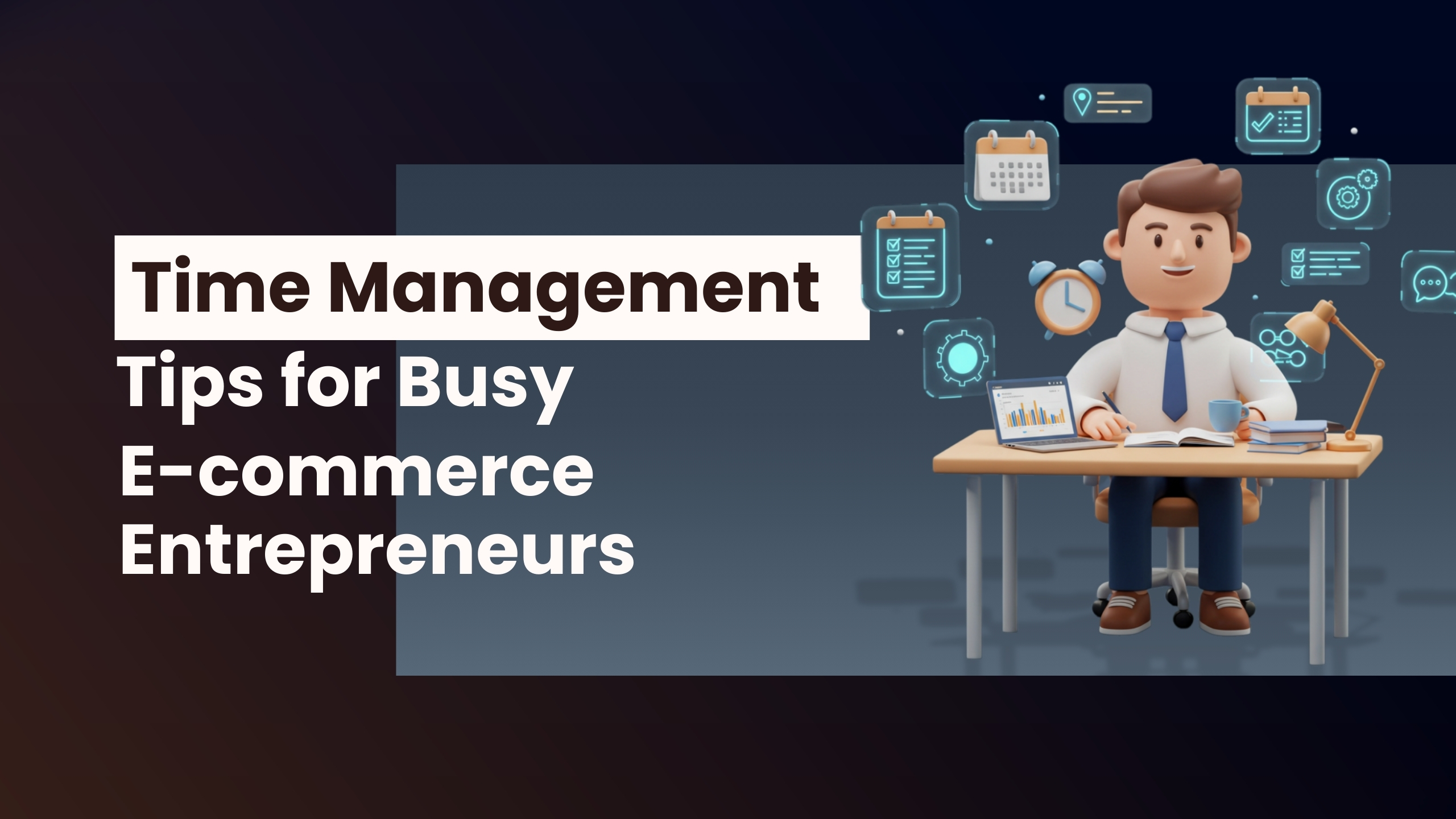Time Management Tips for Busy E-commerce Entrepreneurs
Managing an e-commerce business can feel like juggling multiple responsibilities at once. Between inventory management, customer service, marketing, and order fulfillment, it’s easy to feel overwhelmed. But with the right time management strategies, you can streamline your operations, reduce stress, and focus on growing your business. Here are some essential tips and tools to help you maximize productivity and make the most of your time.
- Prioritize Your Tasks with the Eisenhower Matrix
The Eisenhower Matrix helps you categorize tasks into four quadrants: urgent and important, important but not urgent, urgent but not important, and neither urgent nor important. This system ensures you’re focusing on what truly matters while delegating or eliminating less critical tasks.
How to Implement:
- At the start of each day, list your tasks and assign them to the appropriate quadrant.
- Focus first on urgent and important tasks.
- Schedule time for important but not urgent tasks to prevent them from becoming emergencies.
- Use Automation to Your Advantage
Automation tools can save you hours each week by handling repetitive tasks like email marketing, inventory updates, and order tracking. Investing in automation software allows you to focus on strategic aspects of your business.
Recommended Tools:
- Email Marketing: Mailchimp or Klaviyo
- Social Media Scheduling: Buffer or Hootsuite
- Inventory Management: TradeGecko or Zoho Inventory
- Set Realistic Goals and Deadlines
Unrealistic goals can lead to burnout. Break larger objectives into smaller, actionable steps and assign realistic deadlines to each.
Pro Tip: Use the SMART criteria:
- Specific: Define clear objectives.
- Measurable: Track your progress.
- Achievable: Set goals within your capacity.
- Relevant: Align goals with your business vision.
- Time-bound: Set deadlines to maintain accountability.
- Batch Similar Tasks Together
Task batching involves grouping similar tasks and working on them consecutively. This minimizes context switching, which can waste time and reduce productivity.
Example Batches:
- Responding to customer inquiries
- Scheduling social media posts
- Updating product listings
How to Get Started:
- Allocate specific blocks of time for each batch.
- Avoid multitasking during these sessions.
- Leverage Project Management Tools
A project management tool can help you keep track of tasks, deadlines, and team responsibilities. These tools provide a visual overview of your progress and ensure nothing slips through the cracks.
Popular Options:
- Trello: Great for visual task boards.
- Asana: Ideal for detailed project tracking.
- ClickUp: Comprehensive tool for multiple workflows.
- Outsource Where Necessary
You don’t have to do everything yourself. Delegate time-consuming tasks to freelancers or hire part-time staff to manage areas like customer service, content creation, or accounting.
Where to Find Help:
- Platforms like Upwork or Fiverr for freelancers.
- Virtual assistant services tailored to e-commerce needs.
- Schedule Time for Breaks and Rest
Running an e-commerce store is demanding, but it’s crucial to recharge. Schedule regular breaks and stick to a work-life balance to maintain long-term productivity and prevent burnout.
Effective Break Strategies:
- Follow the Pomodoro Technique (25 minutes of focused work followed by a 5-minute break).
- Use breaks to stretch, hydrate, or practice mindfulness.
Final Thoughts
Time is a limited resource, but with intentional management, you can achieve more while feeling less overwhelmed. By prioritizing tasks, leveraging tools, and outsourcing where necessary, you’ll create a more efficient workflow for your e-commerce business. Remember, the key to success isn’t working harder but working smarter.

